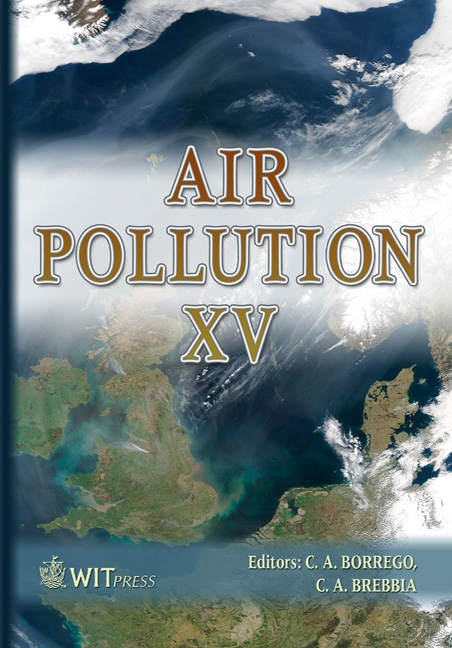Global Climate Change – The Technology Challenge
Price
Free (open access)
Transaction
Volume
101
Pages
19
Published
2007
Size
1081 kb
Paper DOI
10.2495/AIR070531
Copyright
WIT Press
Author(s)
F. T. Princiotta
Abstract
Anthropogenic emissions of greenhouse gases, such as carbon dioxide, have led to increasing atmospheric concentrations which are at least partly responsible for the roughly 0.7oC global warming earth has experienced since the industrial revolution. With industrial activity and population expected to increase for the rest of the century, large increases in greenhouse gas emissions are projected, with additional and potentially substantial subsequent global warming predicted. The paper provides a brief overview of the factors driving CO2 emissions for the world and for selected countries, an examination of key technologies that would be required for an aggressive mitigation program, and a concise sector-by-sector summary of mitigation options, along with R&D priorities. 1 Introduction The Intergovernmental Panel on Climate Change [1] concluded in 2001 that anthropogenic emissions of greenhouse gases, such as carbon dioxide (CO2), have led to increasing atmospheric concentrations which are to be at least partly responsible for the roughly 0.6oC global warming earth has experienced since the industrial revolution. Since 2001, warming has now increased to an estimated 0.7oC (NCAR [2]) In Figure 1, IPCC [1] has summarized historical and projected trends for atmospheric concentrations of CO2. In order to make these projections, the Panel evaluated a range of scenarios, including alternative business-as-usual cases and various mitigation scenarios. As Figure 1 shows, the projected concentrations can be as high as 1000 ppm compared to a pre-industrial level of 280 ppm and a
Keywords





